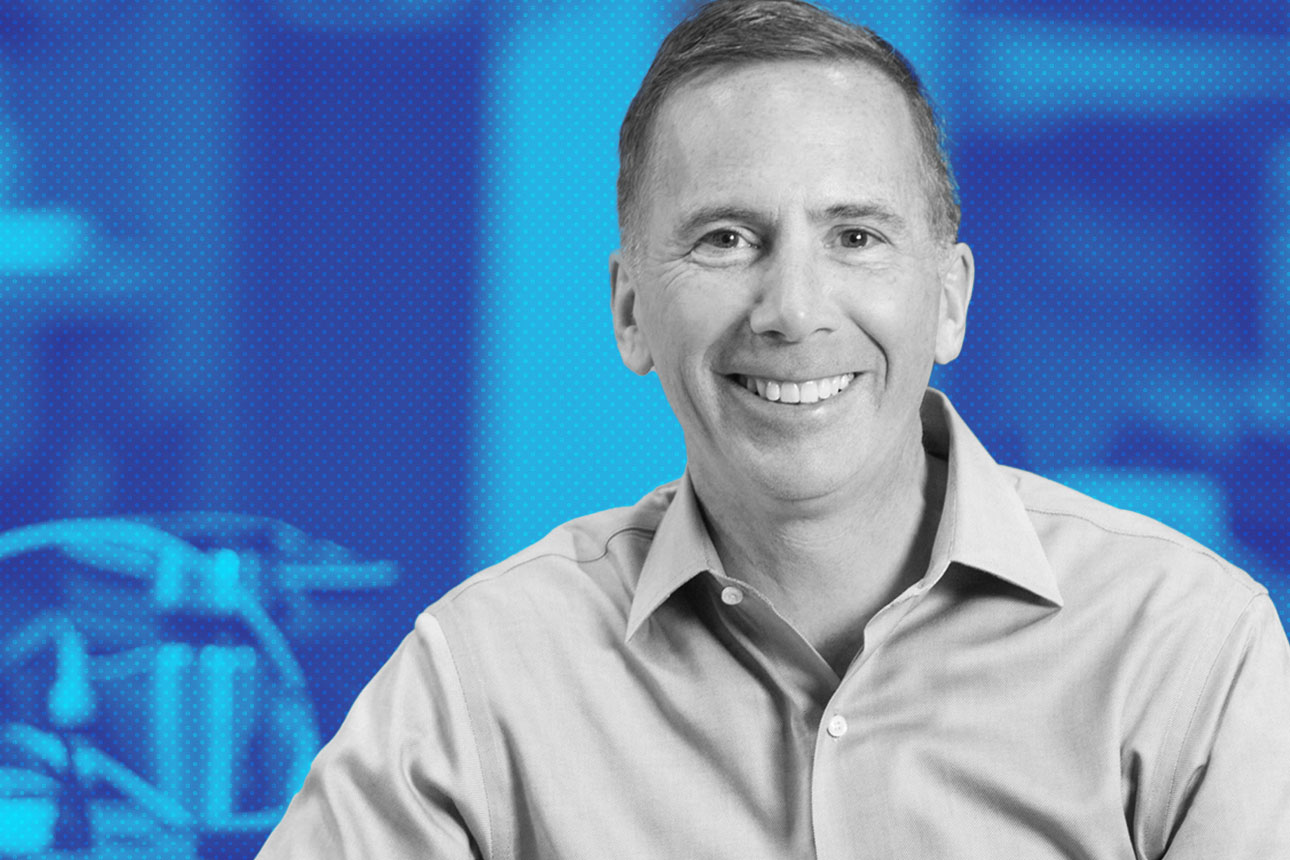Topics
Radar
Brief insights on emerging trends in management from the opening pages of MIT Sloan Management Review’s quarterly print magazine.
More in this series
Courtesy of GE Appliances
Kevin Nolan, an engineer by training and a 28-year veteran of GE, is the president and CEO of GE Appliances. He became the company’s CTO in 2006, 10 years before its acquisition by China-based multinational Haier Group. MIT Sloan Management Review spoke with Nolan about the evolution of the company and the sector, and what it takes to be an innovative company today. This interview has been edited for length and clarity.
MIT Sloan Management Review: What was your journey to becoming CEO of GE Appliances?
Kevin Nolan: After studying engineering, I joined GE’s Edison training program, where we made industrial circuit breakers. That made me very interested in manufacturing. So I worked at one of our manufacturing sites in North Carolina and did a lot of digitization and restructuring of the product. This was in the late ’80s and early ’90s, as manufacturing was being moved offshore, which made me wonder what the role of engineering was without manufacturing.
I saw outsourcing as producing a lot of short-term gains, but I saw that disconnect between manufacturing and engineering becoming a long-term problem. When I became the head of engineering at GE Appliances, I started working on reshoring manufacturing. The 2008 [financial] crisis drove home the need to do that as shipping became more expensive and we saw big market fluctuations. It also showed what we had lost in terms of homegrown manufacturing expertise.
In 2016, GE Appliances was sold to Haier. I spent the year following the acquisition learning about what Haier did and how they did it. I realized they were an innovative company and very different from anything I had ever seen growing up in GE. A year after the acquisition, they made me CEO of GE Appliances. I’ve also had a second role as global technology leader for Haier. It’s been a great journey of transformation, taking some of the practices of management from Haier while keeping some of the good things that we did have at GE. And we’ve done a lot of reshoring and refocusing on consumers.
Have you seen different approaches to management at GE and Haier?
Nolan: At GE, I was seen as a good technologist but not as someone who could run a company. Haier wanted someone in leadership who had a depth of understanding in tech. That’s important because innovation is what drives profitability with this type of business. I think GE was too hung up on professional management; they would take a professional manager from one area and move them into the other, and their understanding of the core technology didn’t really matter. To me, that is the fundamental mistake GE was making.
I’m very involved in product development and innovation. Over the past six years, we’ve been reinventing how we innovate. We started a place called FirstBuild, which is an open makerspace where we focus on cocreation with consumers. At FirstBuild, management has no control over what products are made or invested in. Only the community has a say.
That kind of focus comes out of some of the Haier thinking. Markets don’t want companies to invest in R&D because most of that money gets wasted. But we now have an R&D innovation process that is profitable, and I believe somewhat recession-proof.
How do you inject fresh thinking into a legacy company like GE Appliances?
Nolan: Haier enables what we call micro-enterprises. The company is not top-down at all. It’s made of small business units that are market-focused, have autonomy, and are measured on their value creation. Each unit is responsible to the market. They need to listen to customers to form their own strategies and drive their own innovation.
This approach changes the dynamic of the leadership team. We figure out long-term goals and leave it up to the micro-enterprises to devise strategies that get us toward our goal. Most people in my seat want to control the organization, demonstrate their ability to drive a strategy, and make investment decisions. A lot of CEOs will say capital allocation is their job. People in those seats have been striving their whole careers to achieve that kind of control, so they’re not going to give it up easily.
“The MIT Sloan Management Review is a research-based magazine and digital platform for business executives published at the MIT Sloan School of Management.”
Please visit the firm link to site






